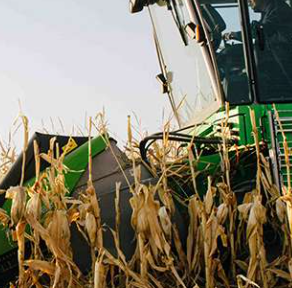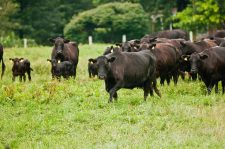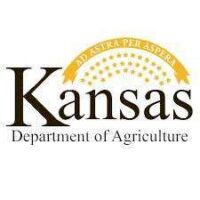Farmers from Kansas and other parts of the world who have competed against each other in an increasingly popular program to test new water saving strategies will be recognized during an awards banquet Jan. 24 in Garden City.
Producers across western Kansas continue to operate under mounting pressure as groundwater availability declines and irrigation capacity tightens. Their response includes testing new strategies, comparing management approaches and adapting cropping systems, as part of the Testing Ag Performance Solutions program, hosted by Kansas State University.
The Jan. 24 banquet, which will be held at The Refinery Event Center, will shine the light on those who had the most success in this year’s competition. Reservations are required by Jan. 19 at www.k-state.edu/TAPS. Anyone with an interest in the KSU-TAPS program is welcome to attend.
Together, the contests attracted teams from across Kansas and participants globally, each making season-long management decisions under the local Q-stable benchmark. Q-Stable represents the amount of groundwater a region can pump sustainably, giving producers a realistic benchmark for long-term water availability.
Two competitions shaped by two different water realities
The Corn/Forage Sorghum Water Allocation Competition in Colby operated under a strict 10-inch irrigation cap, mirroring the Q-Stable benchmark for the region. The competition emphasized flexibility: teams managed both corn and forage sorghum as they navigated reduced pumping targets and the economic importance of feed production in northwest Kansas.
TAPS officials said the competition marked the program’s first use of a forage crop, reflecting a growing need for cropping systems that remain productive when irrigation is highly constrained.
The Corn Water Utilization Competition in Garden City confronted a different set of pressures. The region supports one of the most concentrated beef-producing corridors in the country, and feed availability — especially irrigated corn — is a priority for dairies, feedyards and finishing operations.
Teams managed their farms under the Garden City Q-Stable limit of 10.95 inches, evaluating how irrigation timing, hybrid selection and nitrogen decisions influence the region’s essential feed supply chain.
Organizers said that by running two competitions that reflect different hydrologic and economic conditions, KSU-TAPS allowed producers to compare strategies across systems that matter deeply to western Kansas agriculture.
Forage sorghum joins the competition for the first time
The addition of forage sorghum in Colby was designed to test system-level adaptation. As groundwater management districts across northwest Kansas move toward reductions of 18-32%, many producers are exploring forage sorghum as a water-efficient feed source.
The crop’s deep rooting, strong biomass production under deficit irrigation and growing use in dairies and feedyards made it a natural fit for a competition centered on resource allocation.
“Forage sorghum gives us a way to evaluate how feed production continues when water becomes a limiting factor,” said Daran Rudnick, K-State director of sustainable irrigation and director of TAPS. “But it’s the producers who make the decisions that drive those insights forward.”
Producer decisions at the center
Teams in both competitions made season-long management decisions, including crop insurance, hybrid or variety selection, seeding rate, irrigation strategy, nitrogen management and marketing. Those decisions were imposed on research plots using variable-rate irrigation technology.
All other agronomic practices were standardized across farms by TAPS and WKREC personnel, allowing performance differences to be traced directly to participant strategy.
In Colby, farms were scaled to represent 2,000 acres of grain or silage production, reinforcing the economic significance of feed in a region anchored by cattle. In Garden City, participants focused solely on corn, mirroring the area’s heavy reliance on irrigated grain to support high-throughput beef and dairy infrastructure.
Recognition and impact
Awards will be presented in profitability, input-use efficiency, yield performance, and — in Colby — forage quality. Winners will be announced during the banquet program following a 5 p.m. social hour and 6 p.m. meal.
The KSU-TAPS program is supported by the USDA–Natural Resources Conservation Service, the Kansas Water Office, the Kansas Water Institute, Kansas Sorghum and the Sorghum Checkoff, Environmental Defense Fund, and a wide network of agricultural service, technology, and local partners.
For additional details, contact Renee Tuttle, K-State Extension irrigation associate and associate director of KSU-TAPS, at [email protected] or 620-805-9045.






